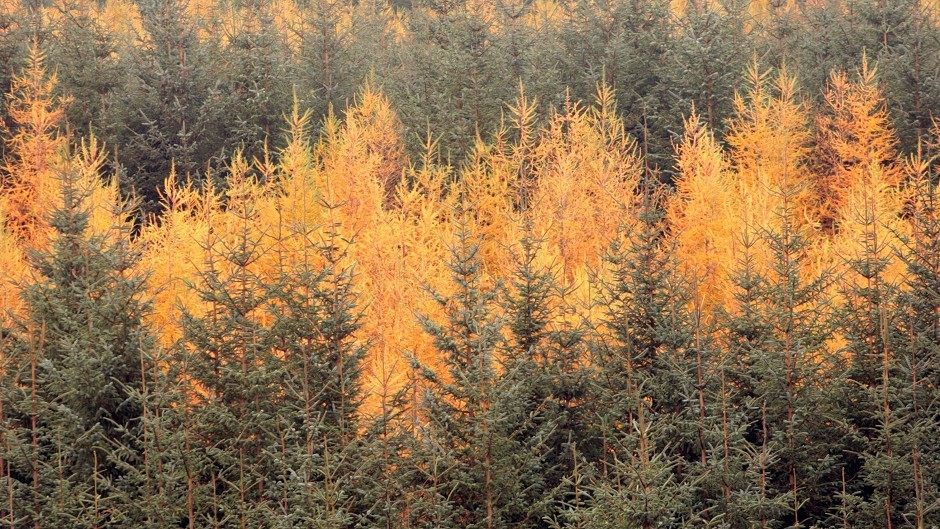A new blueprint for deer management on Scotland’s forest estate was launched by Environment Minister Paul Wheelhouse yesterday.
The publication from the Forestry Commission is the first of its kind and sets out the organisation’s approach to controlling numbers.
Mr Wheelhouse highlighted the need for “responsible” management of the animals on a visit to Scone Game Fair.
He said the aim of the document is to help promote and share good practice in deer management in Scotland.
Mr Wheelhouse said: “The Scottish Government very much recognises and supports deer management as a necessary and positive contribution to the health and vibrancy of our environment, social well-being and our economy.
“In excessive numbers, deer can damage the landscape, impact negatively on habitats and overgraze to the point where their environment can no longer sustain them in such numbers.
“By taking a holistic, integrated landscape-scale view of deer management, Forestry Commission Scotland’s approach helps to avoid these issues and allows deer to contribute positively to bio-diversity and to help deliver the Commission’s environmental, social and economic objectives.”
The Forestry Commission culls about 30,000 Red, Roe, Sika and Fallow deer a year, which is about one third of the wider annual national cull of a population estimated at 777,000.
Bruce Sewell, forest management officer and author of the publication, said: “As a significant manager of land, deer and outdoor recreation in Scotland, we’re doing what we can to raise awareness nationally of the importance of deer in Scotland and the need to manage them sustainably.
“We intend that what we do on the national forest estate should be widely recognised as an exemplar of best practice for deer management in both the rural and urban environment.”
Mr Wheelhouse also launched a new “ground-breaking” code for animal and plant reintroductions at Scone.
The Scottish Code for Conservation Translocations is believed to be the first of its kind in the world.
It provides information to individuals or organisations considering animal or plant reintroductions in Scotland.
The practice can help conserve animals and plants and make up for declines caused by habitat loss, climate change, and other human impacts on the environment.
